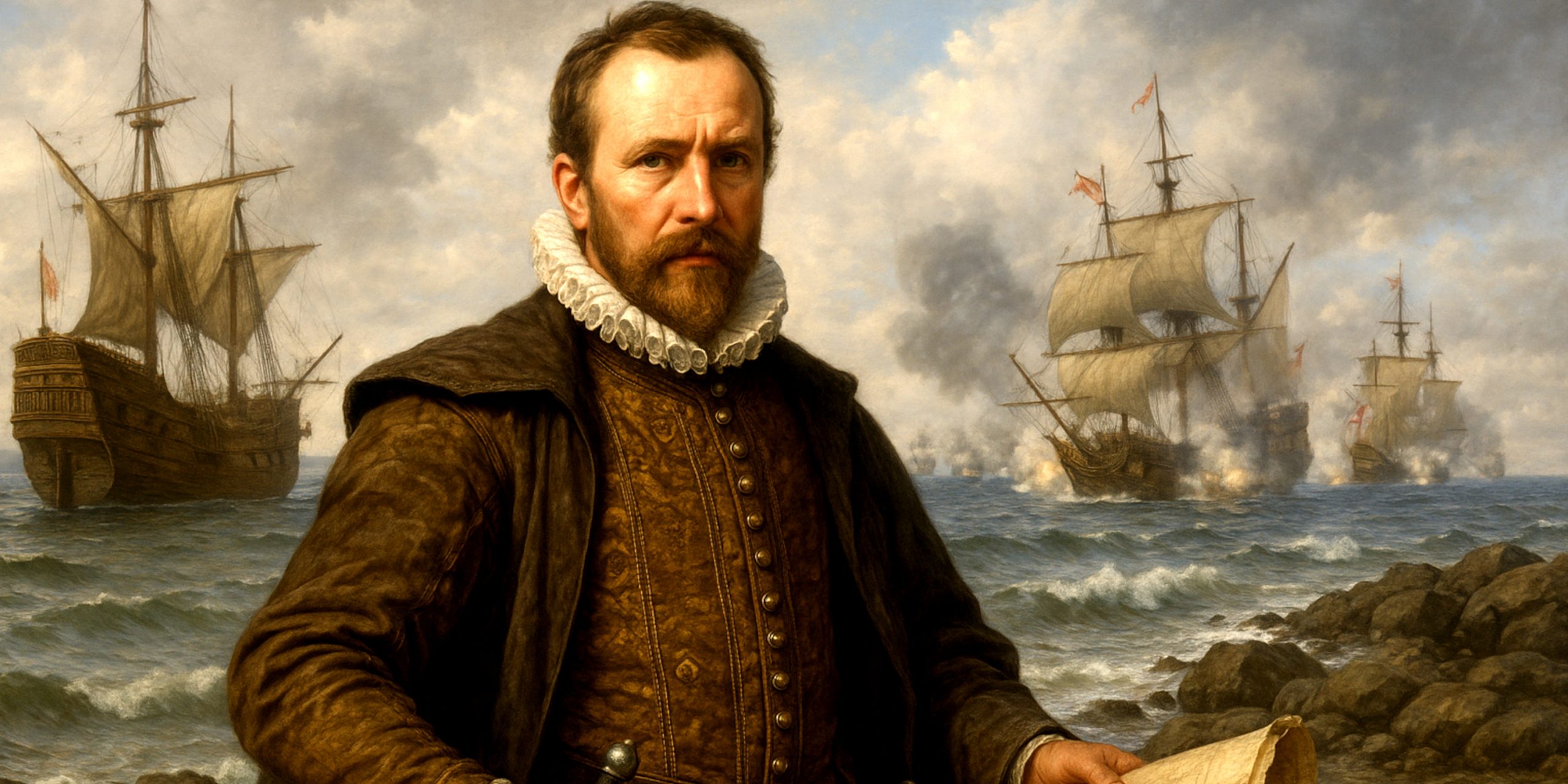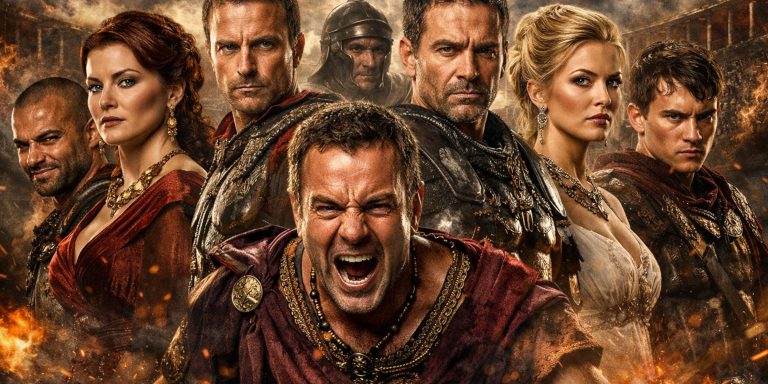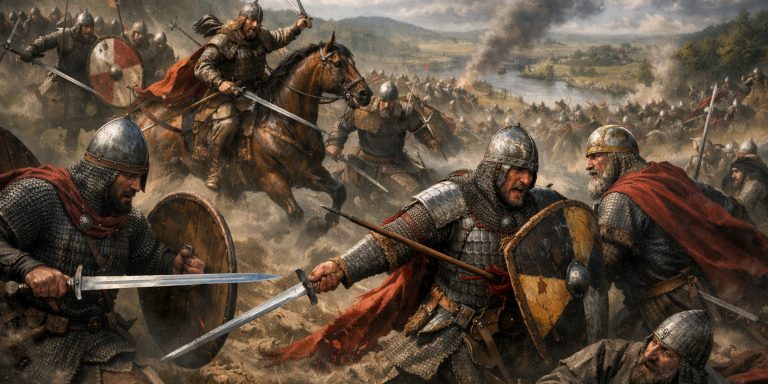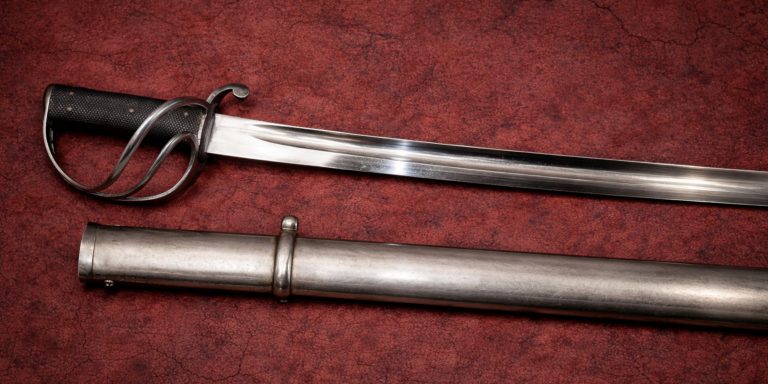
Thomas Cavendish was the kind of man who wanted to make history but ended up being swallowed by it. A wealthy gentleman turned privateer, his first voyage around the world brought him fame, fortune, and royal favour. His second brought only silence. In an age when the sea was both opportunity and oblivion, Cavendish managed to find both.
He was part of that heady Elizabethan moment when privateering blurred with piracy, and adventure was the closest thing England had to an empire. Cavendish called himself a “navigator and adventurer,” though others might have said “plunderer with better manners.”
History
Born in 1560 in Trimley St Martin, Suffolk, Cavendish came from the gentry, not the gutter. He studied briefly at Corpus Christi College, Cambridge, before turning his interests from books to ships. With a modest inheritance and a restless spirit, he joined Sir Richard Grenville’s expedition to Virginia in 1585. The venture failed spectacularly, but it lit the fuse for something larger.
Cavendish’s real ambition was to rival Francis Drake. Two years after Drake’s circumnavigation, Cavendish set sail on his own in 1586, commanding a small fleet including his flagship, the Desire. His voyage took him along the coast of South America, where he raided Spanish ports and captured prizes like a magpie snatching rings.
His greatest triumph came when he took the Santa Ana, a Manila galleon loaded with gold, silk, and spices off the coast of California in 1587. It was a staggering success, the kind that could make a man immortal in Elizabethan England. Cavendish paraded into Plymouth in 1588, his ship decked with captured treasure and his reputation made.
“I have sailed round the world. I have both seen and fought with the enemies of my country by sea and land,” he wrote in his account, part boast, part confession.
Unfortunately, his appetite grew faster than his judgement. His second voyage in 1591 was a shambles from start to finish. Poor weather, mutiny, and disease crippled his fleet. Cavendish vanished somewhere off the coast of the South Atlantic, likely dying at sea around 1592, still chasing the horizon that had once rewarded him.
Weapons
Cavendish’s men carried the typical arsenal of Elizabethan seafarers:
- Cutlasses and rapiers: favoured for boarding actions, quick and brutal.
- Pistols and arquebuses: unreliable in wet conditions, but devastating at close range.
- Cannons and swivel guns: mounted on his ships, used to shred sails or rattle nerves before boarding.
- Boarding pikes and grenadoes: useful when things got personal on deck.
His crew were not trained soldiers, but the chaos of sea fighting suited Cavendish’s method. As he once quipped to a captured Spaniard, “The sea makes all men equal when the guns begin.”
Ships
Cavendish’s fleet was small but sharp-edged:
| Ship | Type | Role | Fate |
|---|---|---|---|
| Desire | 120 tons | Flagship of the 1586 voyage | Returned to England laden with treasure |
| Content | 60 tons | Support and raider | Lost near the Philippines |
| Hugh Gallant | 40 tons | Scout vessel | Lost early in the voyage |
| Leicester’s Fortune (second voyage) | 240 tons | Main ship for 1591 expedition | Lost, presumed wrecked off Brazil |
The Desire was his pride, an English-built vessel fast enough to chase and mean enough to fight. Her crew of around seventy men were disciplined, at least by privateer standards, which means occasionally sober and rarely mutinous.
Bounty and Treasure
The Santa Ana haul alone would have made Cavendish rich beyond most men’s dreams. Among the spoils were:
- 122,000 pesos of gold and silver
- Silks, satins, and damasks from China
- Spices from the East Indies
- Chests of pearls and ivory ornaments
- Private letters and maps that hinted at Spain’s Pacific dominance
Queen Elizabeth was delighted. She rewarded Cavendish with praise, though not quite the same affection she had for Drake. Court politics were as treacherous as the sea, and Cavendish lacked Drake’s charm and political instinct.
Battles
Cavendish fought several engagements during his voyages, though few could be called formal battles. His style was opportunistic, striking at unguarded ports and vulnerable ships.
- Capture of the Santa Ana (1587): His most famous encounter. After a fierce fight lasting six hours, Cavendish boarded and took the ship. Despite her 600-ton size, the Santa Ana was unarmed.
- Raid on Paita (Peru): Cavendish burned the port, looted its churches, and left with more silver than he could carry.
- Skirmishes in the Philippines: These proved costly and marked the beginning of his fleet’s decline.
He was ruthless when cornered, but not needlessly cruel. A Spanish chronicler once remarked that Cavendish “spoke like a gentleman but robbed like a pirate.”
Fate
The sea gives, and the sea takes. Cavendish’s final voyage in 1591 was meant to eclipse Drake’s, but it ended in humiliation. Disease, starvation, and mutiny followed him like shadows. He quarrelled bitterly with his officers and accused one of witchcraft.
His last letter, written off the coast of Brazil, was heartbreakingly lucid:
“Wearied with miseries, consumed with griefs, bereaved of all comfort, I am the most unfortunate of men.”
After that, silence. His ship and crew vanished into the Atlantic. No wreck was ever found. It is tempting to imagine him staring into the sea one last time, knowing it had claimed him at last.
Legacy
Cavendish’s story sits somewhere between triumph and tragedy. He was the third man to circumnavigate the globe, after Magellan and Drake, yet he is rarely remembered beside them. His ambition outpaced his endurance.
Still, his voyages shaped English privateering, proving that even a gentleman could make a name with cannon smoke and captured silk. He also helped lay the groundwork for England’s later Pacific ventures.
In the words of a later chronicler, “He perished as he lived, upon the restless waters, chasing glory till it drowned him.”
Watch the documentary:



